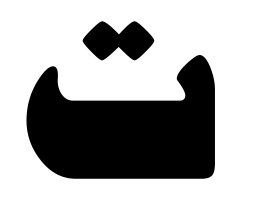
Kaleidoscope

Kaleidoscope
Kaleidoscope is an experimental visual search engine that challenges how we discover information online. Instead of traditional ranking, personalization, or engagement-driven curation, Kaleidoscope responds to a user query with a randomized, cross-media stream of content. A deliberately unpredictable feed, resisting the mechanics of filter bubbles.
Created with Andreas G. B, Jonny Bonger; advised by Prof. Albert Lang at the Technical University of Berlin.

In a media landscape where most information is filtered, prioritized, and shaped by algorithms, Kaleidoscope explores what it feels like to encounter content without those invisible guardrails. The project is grounded in contemporary critiques of algorithmic mediation and draws on theoretical frameworks such as Bruno Latour’s Local–Global–Terrestrial model and research on political axes and media bias that question how knowledge is organized and categorized. By loosening those structures and removing personalization, Kaleidoscope treats search as a space for wandering rather than confirmation, inviting users to form their own connections across contradictory, overlapping, and messy pieces of information.

Technically, the system was built through a series of experiments in content curation, linguistic modeling, and randomness. We explored where randomness could be inserted into a pipeline (at the level of publishers, individual articles, or the pool of sources themselves) and tested how different placements reintroduced bias in subtle ways. We prototyped axis-based categorization using weighted word lists and preliminary NLP techniques (topic modeling, word-frequency scoring) to understand how articles might map onto ideological frameworks, but ultimately foregrounded randomness rather than classification. The backend pools multimedia from diverse APIs, scraped content, and manually collected sources, then assembles them without ranking: audio clips, tweets, images, citizen-journalism videos, headlines, and text fragments are all placed on equal footing.

The resulting interface is a browser-based horizontal feed designed to visually “scatter” media across an unhierarchical timeline. Inspired by familiar social-media rhythms yet deliberately subverting them. In doing so, it functions both as a critique of algorithmic mediation and as a speculative prototype for alternative modes of encountering information: messy, multi-perspectival, and resistant to the logic of engagement-driven feeds.
Kaleidoscope was exhibited at Symbiotic Sites (2022), Virtualities (2021) and Rundgang (2021) in Berlin, Germany.
